“It’s not so much what you make. It’s why you make it.”
Paul Dresang is an American ceramics and glass artist and retired Southern Illinois University-Edwardsville professor. He has presented his work in countless solo and group exhibitions and is featured in many permanent collections nationally and internationally.
“When first encountering Dresang’s work you immediately think that a house painter, plumber or technician has temporarily downed tools for a coffee break – and you might walk on by to the next exhibit -you’d be wrong to do so. Stay a while and you’ll be rewarded. The work functions as both a mind-bendingly accurate hyperealistic trick of the eye and a labor of intense love…” (1)
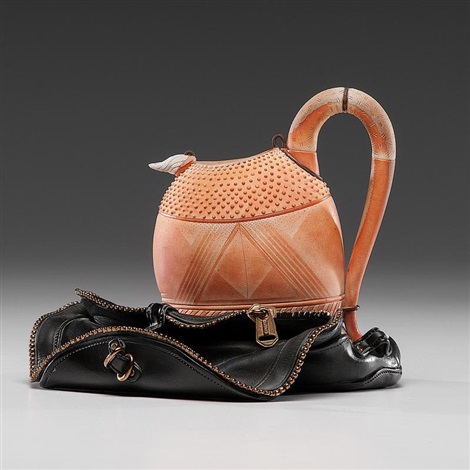
Beginnings
Born in Appleton, WI in 1948, a young Paul Dresang was driven to make. He says that even as a child, “I just always had to make things. It’s just something you have to do.” As a child, wood carving was his medium. He would choose ceramic animals from the local department store – dogs, horses – and use them as models to carve. As long as they were in good condition, he could exchange them at the store for a new subject. He muses now that his mother probably set up this charming trade system for him.
Dresang’s passion for carving was launched in Cub Scouts, but not in the expected way. His den mother, who raised horses, had a wood horse figurine that young Dresang loved. The beauty in the form called to something in him and triggered a lifelong artistic journey. While social and active, he also says that carving was his solution to not being good at sports. He considers his youth an idyllic Midwestern one, with few struggles, a large, loving family, and the purpose and passion of his art.
The Journey
Dresang eventually discovered ceramics. While wood is a subtractive art, he was excited by the subtractive and additive nature of clay. His earlier work focused mostly on fully functional vessels created on the potter’s wheel and wood-fired. Over time, his work grew more complex and detailed. As a student at the University of Minnesota in the 1970s, Dresang began traveling to a small Mexican village regularly to learn techniques from indigenous Mixtec potters. One can see the influence of these visits in the intricate detailing and geometric motifs on Dresang’s vessels. He has carried on this tradition, taking regular trips with his own students from SIUE, starting in the 1990s up to the present.
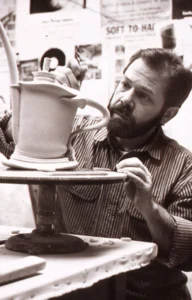
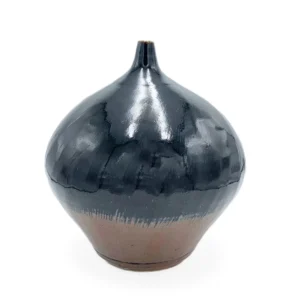
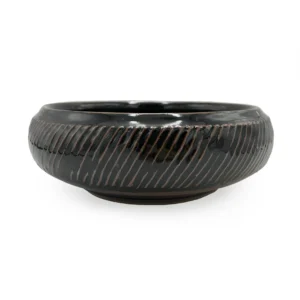
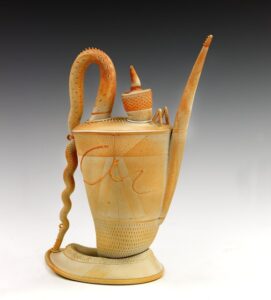
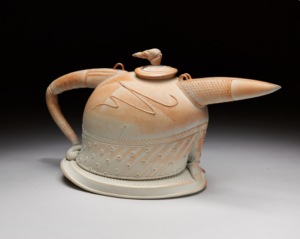
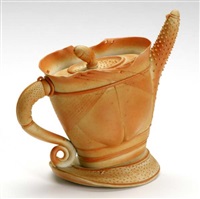
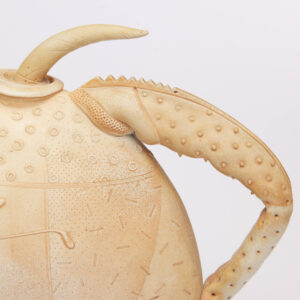
However, it was Dresang’s introduction to porcelain that led to some of his most surprising work. He says, “[Porcelain is] like a blank page. Looking at form, line, and surface. My teapots have become more sculptural, less functional. But making sculpture leads to better pots.” These salt-fired porcelain vessels are often surreal and “highly individual, sensuous…[and] decorated with an obsessive amount of details.” (2)
His porcelain works are trompe l’oeil sculptures, including his famous teapots in “unzipped bags,” which explore the theme of constraint and freedom. Dresang says that people “want to touch [the work] even though they know they shouldn’t,” delighting in the contrast between the soft leather appearance and the hard-as-rock feel and sound.
In his recent work, he continues to trick the eye with children’s toys or household items, everyday objects that look at “the idea of touch seeming to record something having belonged to somebody.”
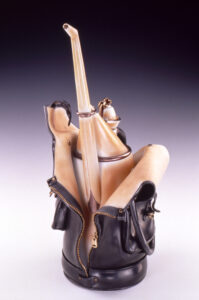
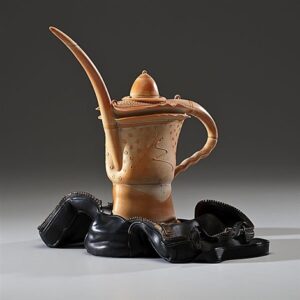

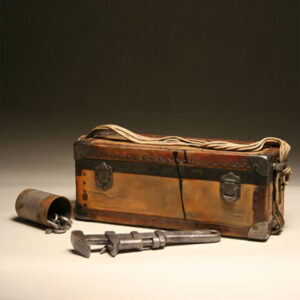
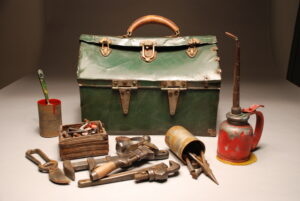
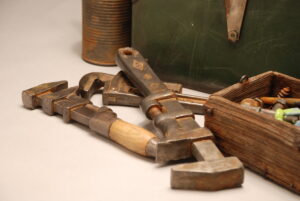
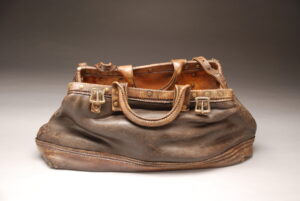
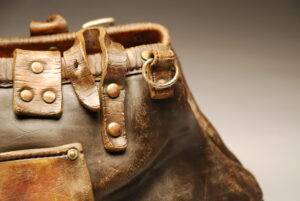
To Those Just Starting Out
When asked what advice he has for those hesitant to try art, Dresang refers to the song “The Beautiful Waitress” by one of his favorite musicians, Terry Allen: “She told me she liked art, but that she couldn’t draw a straight line. I told her if she could reach for something and pick it up, she could draw a line that was straight enough.” (3) Dresang urges everyone to figure out what their passion is and go for it. “And it’s not so much what you make. It’s why you make it.”
Join us for an exclusive conversation and demonstration with Dresang Saturday, April 12th. Find more details and purchase tickets here.
Sources
1. https://www.duanereedgallery.com/paul-dresang
2. Merino, Tony (Dec 1993). “Midwestern Clay: Anatomy and Architecture”. Ceramics: Art and Perception.
3. https://www.artforum.com/features/terry-allen-on-everything-208815/